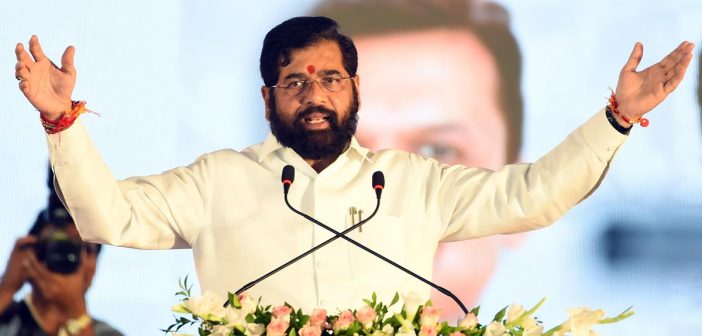Maharashtra Chief Minister Eknath Shinde has reaffirmed his ambitious commitment to making Mumbai slum-free, marking it as a priority under his administration’s urban development agenda. This initiative is part of a broader vision to transform Mumbai into a city of international standards while providing safe and dignified housing for its millions of residents living in slums. Addressing stakeholders and beneficiaries in recent gatherings, Shinde outlined his administration’s comprehensive approach to slum redevelopment, including financial support and alternative housing.
Key Aspects of the Slum Redevelopment Strategy
- Massive Housing Projects: Shinde’s administration is working through agencies like the Slum Rehabilitation Authority (SRA), MMRDA, and MHADA to facilitate large-scale construction and redevelopment projects. Initial plans involve building approximately 200,000 housing units in the first phase, with a goal to increase this significantly as the program progresses. The redevelopment of areas such as Ramabai Nagar and Kamraj Nagar is seen as a pilot model that will set the tone for future initiatives, focusing on quality, sustainability, and timely execution.
- Relocation Assistance: To address the challenges that arise during construction, the government has begun offering rental subsidies to affected residents. For instance, in slum redevelopment areas, the state is providing monthly rent payments of ₹15,000 for residential tenants and up to ₹35,000 for commercial tenants to secure temporary accommodations. Shinde emphasized that this model would not only ensure continuity for residents but also uphold their dignity and right to housing as they transition to new apartments.
- Wider Social Benefits: The slum-free initiative aligns with several welfare programs under Shinde’s administration, which aim to improve living standards for low-income groups. These include increasing support through schemes like the “Mazi Ladki Bahin” allowance for women and offering free gas cylinders to alleviate household burdens. Additionally, this project could potentially generate employment in construction and related sectors, helping stimulate the local economy.
- A Response to Urbanization Pressures: Mumbai’s rapid urban growth has led to an estimated 50-60% of its population living in informal settlements, often in congested and inadequate conditions. With such initiatives, the state seeks to reclaim and redevelop land efficiently, reduce overcrowding, and improve access to basic amenities like sanitation, water, and healthcare within these new housing facilities. The vision is not only to clear slum areas but also to modernize Mumbai’s infrastructure comprehensively.
Challenges and Road Ahead
Despite the clear benefits, the plan faces several challenges. Mumbai’s high population density and limited land availability complicate relocation efforts. Additionally, there are legal and administrative hurdles tied to land ownership and resident eligibility for housing, which often delay these projects. Shinde has directed urban development agencies to expedite stalled projects, stressing accountability and quality assurance.
By making slum rehabilitation a priority, CM Shinde aims to bring about long-lasting change that improves Mumbai’s urban landscape while honoring his commitment to its most vulnerable residents. However, sustaining momentum and addressing logistical challenges will be critical in realizing this vision for a slum-free Mumbai.




